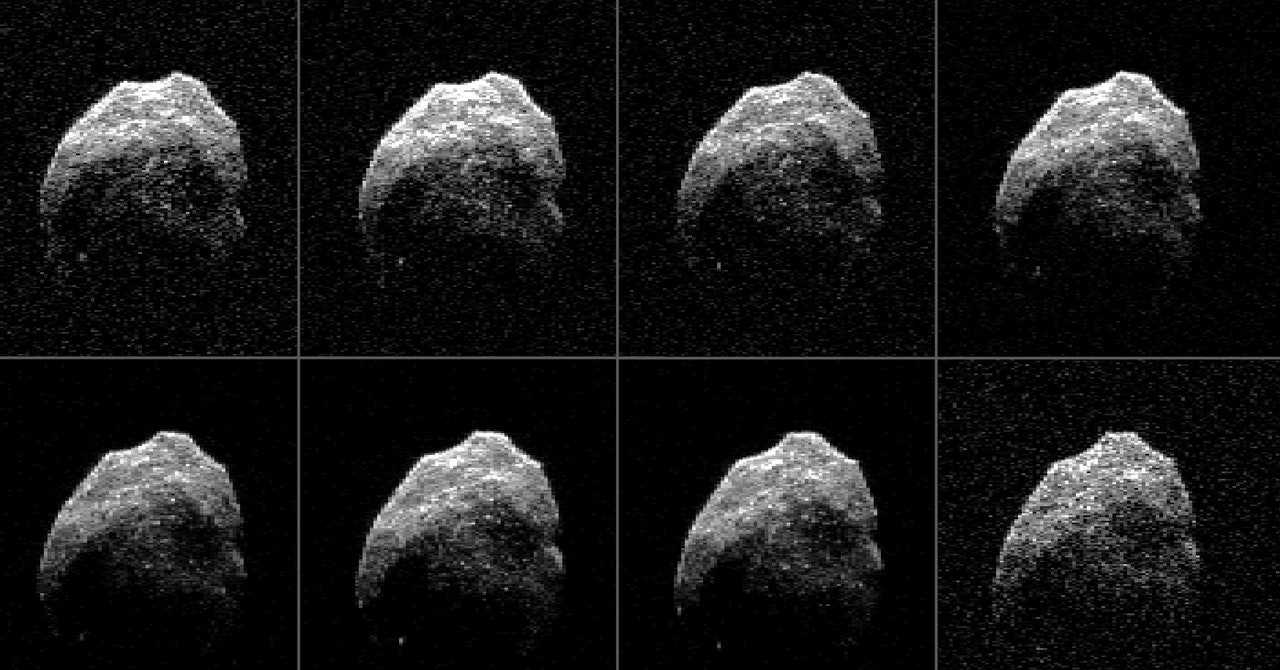
Elena D’Onghia is known for her research on the structure of the Milky Way and our cosmic neighborhood. But the galactic and dark matter astrophysicist now has a totally different project, which could prove beneficial to a space-faring civilization: generating portable magnetic fields to divert potentially deadly space radiation away from astronauts. “I really wanted to do something on the side that would help society more, something where there was no solution yet. So we started thinking about this idea of shielding spacecraft from radiation,” she says.
Her idea, which sounds like a Magneto superpower, is one of 17 projects that received funding last month from NASA’s Innovative Advanced Concepts (NIAC), a program that invests in high-risk, high-reward proposals. Each phase 1 project, like D’Onghia’s radiation concept, received $175,000 apiece for a nine-month study, while the five proposals that advanced to phase 2 were each awarded $600,000 for a two-year period. Within a couple of decades, a few of them could mature enough to be part of the next generation of space missions. “Their job is really to change the future,” says Ron Turner, a senior science adviser for the NIAC program and an analyst at the nonprofit company Analytic Services, Inc. “We are here looking for innovative ideas that might somehow change the way space and aeronautics are done.”
Scientists like D’Onghia are exploring far-out ideas, but they also must demonstrate their feasibility and benefits, Turner says. Funding from the program helps people study each aspect of their proposal in more detail to see what exactly needs to be done to make it a reality. The proposals need not be targeted toward NASA; for example, one of the projects funded in the most recent round is a concept for defending Earth against a killer asteroid on a collision course with our planet. Others include sending a space balloon to Venus, and creating a foldable space station.
D’Onghia’s magnetic field project emerged from coffee shop conversations a few years ago with Paolo Desiati, her physicist colleague at the University of Wisconsin. They wanted to attack a futuristic health problem: As a spacecraft heads toward Mars, it will be bombarded with charged particles from the sun, and cosmic rays that can come from much farther away. Over an approximately nine-month trip, astronauts will be exposed to a significant amount of radiation, causing cellular damage and increasing their risk of cancer. Even if astronauts don’t linger on the Red Planet and promptly make the return trip home, their exposure will put them over the career-long radiation limit NASA recommends. “Until we solve this, we’re not going to Mars,” D’Onghia says.
They came up with a concept called CREW HaT, short for “Cosmic Radiation Extended Warding using the Halbach Torus,” a device made of magnetic coils with superconducting tapes that could be installed on a spacecraft’s exterior. Their design includes eight angled panels arranged in a circle, each with magnets in them, to ward off at least half the cosmic rays that hit with energies up to 1 billion electron-volts. (That’s actually not much energy, but the health risks accumulate over time.) The magnetic field the panels create would change the trajectories of incoming charged particles so they don’t hit the bodies of the passengers inside. The CREW HaT, which is a form of active shielding, would be combined with passive shielding—building spacecraft from materials designed to absorb some radiation.
Their goal is to design a version that’s not too heavy and doesn’t use too much power, so that it could be launched with a spacecraft like NASA’s Orion or SpaceX’s Starship and switched on outside the Earth’s protective magnetosphere. Before they can build a prototype, their next steps include extending their calculations to include higher-energy cosmic rays, to see whether the tech could be used to divert them without increasing the weight of the apparatus too much. “This is the challenge. Previous concepts turned out to be extremely heavy and not realistic, but they laid the road to new ideas,” Desiati says.


